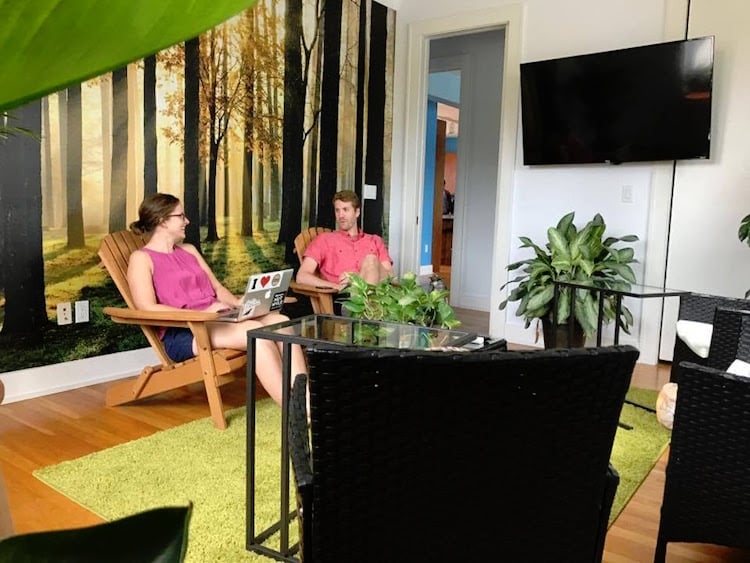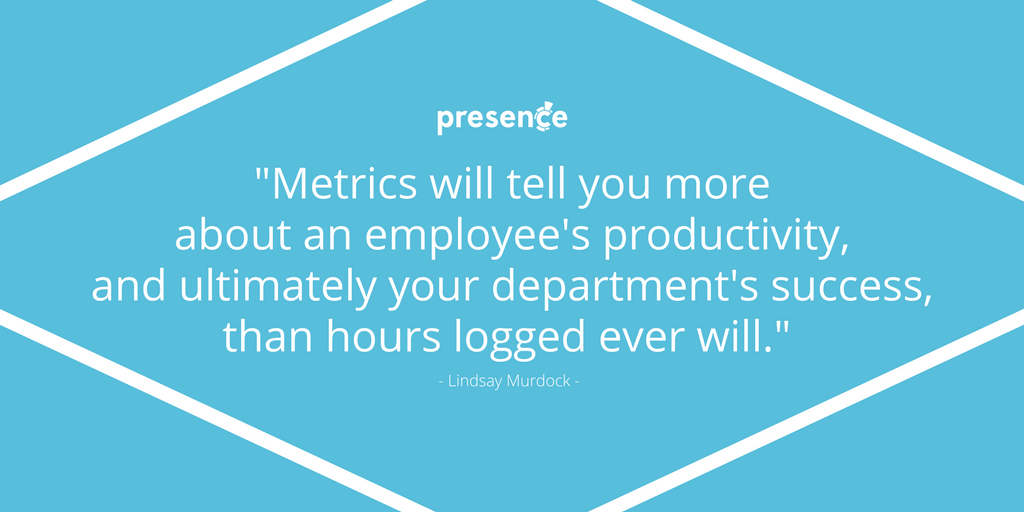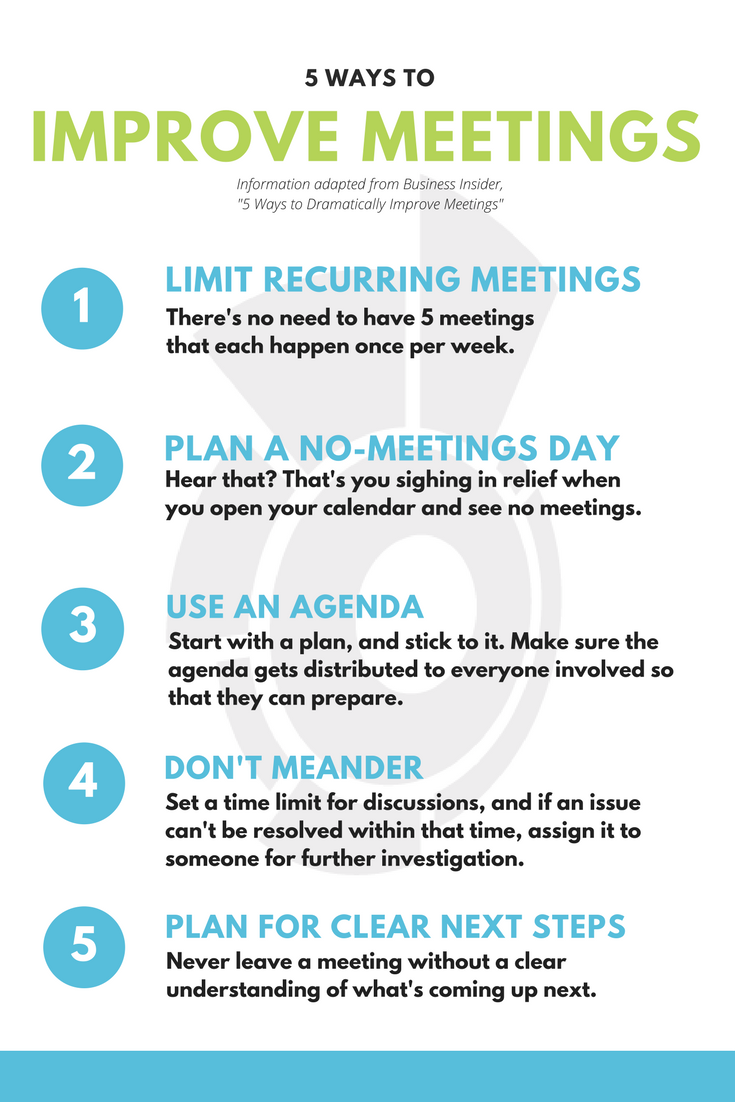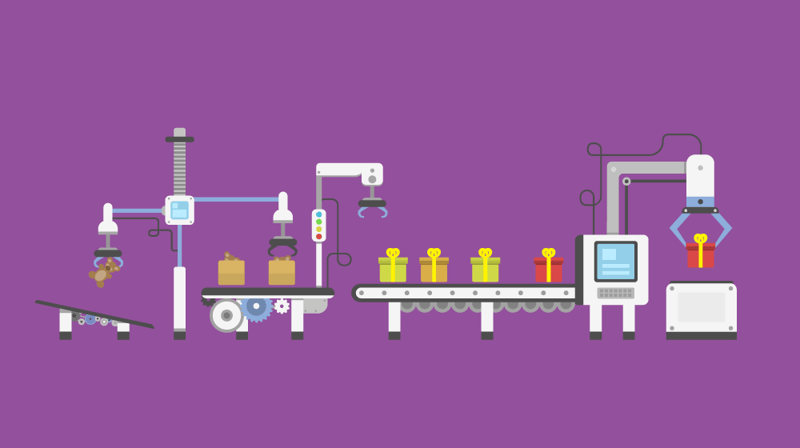When I say “start-up culture” you think…?
For a long time, the first thing that came to my mind was the Google headquarters — and I felt perplexed, jealous, and disappointed all at the same time. I thought to myself, “How do you get work done with nap rooms and bean bags and distractions all the time?” I was jealous because I wanted to work somewhere with free dining options all the time. And disappointed because, well…we’ve all read the articles outlining the rampant racism, sexism, and antisemitism that’s deepened because of what some call the “frat bro” culture that’s taken over Silicon Valley, the proverbial birthplace of start-up culture.
I’ve been working at a start-up myself now for over two years (!) and while we can’t really compare ourselves to Google just yet, there are enough commonalities in the start-up experiences that I’ve learned a thing or two about both the benefits and the drawbacks.
The history of the start-up
Start-up culture developed as a response to corporate America: these massive corporate, government, or education entities that boast incredibly complex hierarchies and suffocating bureaucracy. Small, start-up companies were creating tech solutions that were growing and iterating at a rapid rate, so they needed to be nimble and easily adaptable, something that the traditional business, government, and education models don’t allow for.
As these tech start-ups grew into tech giants, other industries started paying attention. The disruption to the existing business model and quick escape from “business as usual” seemed to be working, so corporations, higher education, and even government offices jumped to blindly implement some of these start-up practices.
But when you implement new practices and procedures without researching their strengths and weaknesses and testing how they might work in your industry (and more narrowly, your workplace), it doesn’t work out so well.
Very few organizations stopped to ask “what is faltering or falling behind at these start-ups to allow them to scale at such a rapid pace?” And it turns out when a small company grows rapidly by using a network of good ole boys, there are bound to be some issues in hiring, culture creation, and algorithms/machine learning.
To be clear, the implication here isn’t “there’s nothing positive to learn from these companies because they made a significant amount of transgressions along the way,” rather it’s quite the opposite. Despite these gaps in people management, start-up culture has done a significant amount to positively change the way we solve problems, the working conditions of our employees, and the creative ways in which organizations can effect change.
The major keys here (cue DJ Khaled) are intention and inclusion. If your policies are intentionally created to be inclusive and are developed by a diverse team, then you’re already head and shoulders above the pack.
There are several areas of the company culture here at Presence that we’ve intentionally developed to better support our employees, build solutions, and serve as a leader in the EdTech community. And some of these can be easily translated into the student affairs space! I’ve broken them up into three areas: culture, structures, and tools. Although you might not all be able to plan a complete overhaul of your workplace structure, you can implement smaller changes to the tools used and the cultural changes in your own department.
1. Culture
Comfort:
Start-ups focus on things like bean bag chairs, adjustable desks, and a casual dress code because we firmly believe that our employees are humans who like to be comfortable. Further, there’s research to suggest that employees perform better and are more creative when they’re comfortable. Work with your department or division leadership to construct a dress code that’s more relaxed, or allow staff to adapt their attire to what’s going on across campus and allows faculty and staff to dress down on slower days.
Creativity:
Game rooms, nap rooms, and “brainstorming rooms” (we have our own here at the Presence HQ in St. Pete) allow employees to channel their creativity and spark inspiration when they need it. I’m sure we’ve all had those days where writer’s block hits you hard, and taking a walk, taking your writing to a coffee shop, or brainstorming with others has helped to get you back on track.

While it’s unrealistic to have every division add a game room, it’s totally doable to add a few more whiteboards, allow employees to work from home (or a coffee shop, shared workspace, etc) to jumpstart creativity when working on major projects. Or, consider partnering across campus here to develop an “innovation station” on campus. Imagine the impact of a partnership between student success and the Leadership or Entrepreneurship School to have this incredible space that feels like a coffee shop or co-working space on campus open for faculty, staff, and students!
Outcome > hours:
Have you ever watched the hands on the clock turn, mentally willing time to pass faster? There is plenty of research to demonstrate that clocking hours kills productivity, hinders teamwork, and makes it more difficult to build trust with employees. Where possible, allow for employees to be more flexible with their hours, and focus instead on the metrics that are more meaningful to your departments success.

Whether that’s the number of meetings with students, grants submitted/earned, events planned, or first-year students reached – these metrics will tell you much more about an employee’s productivity, and ultimately your department’s success, than hours ever will.
Meetings:
The movement against meetings is a growing one. It’s impossible to eliminate all meetings forever, but it’s important to critically question the purpose for some meetings before sending out that calendar invite. Does this decision need to include everyone? Does the discussion need to happen in person, or would email suffice? For formal communications, would a memo to the department/division function?
Identify a day, or time of day, that’s free from meetings to allow employees to focus on getting work done or to use that day to work from home.
For those meetings you can’t eliminate, adopt these 5 tips to ensure they’re as effective as possible for you and your team.

Shake up their current structure — have standing or strolling meetings to boost creativity and get out of the office, or meet in new locations to break from the “same meeting, different day” feeling.
2. Structures
Open office environments:
The shift towards open office environments is underscored by a desire for increased transparency, improved communication, and better collaboration. Open offices aren’t possible (or the right choice) for all workplaces, but if your team’s success depends upon creativity and collaboration, they might be a viable option. In offices where private student or employee meetings aren’t needed, opening up the office structure can help improve the support we provide to students. Opening up larger offices that are typically more siloed can lead to increased communication, ultimately positioning the entire division to serve students in a more efficient and effective fashion.
PTO & benefits:
One of the interesting perks at most start-ups is unlimited PTO. Because the work of building a company from scratch can sometimes be an all-consuming job, start-ups offer their employees ample time to reset and recover to avoid staff burn-out. This also ends up being a standard perk because as a young company, there are often fewer traditional benefits to attract top-notch employees, so PTO is an easy perk to implement.
Thinking about implementing on campus is a bit more difficult because we’re often stuck within the existing hierarchy and structure of HR pay and benefits structures, but sometimes we can create small-scale work arounds for our team.
In the last job I had on campus, my supervisor knew that some weeks would be significantly busier than others; I’d be working evenings and weekends from time to time, and wasn’t eligible for overtime because of my position’s classification. Not wanting me to burn out, she always told me to just keep track of those hours, and then she’d let me “cash them in” to take an afternoon or a day off from time to time, or use those hours to add onto larger holiday vacations to spend extra time with my family.
Flexible schedule options:
Offering employees the opportunity to work from home occasionally has a wide range of benefits, including improving employee productivity and decreasing employee burnout and turnover. Dustin Ramsdell, Student Support Advisor at 2U (and fellow Presence blogger) shared some suggestions with me about how student affairs divisions could integrate remote work. We’ll get more into this later, but for now, allowing employees to “adapt to the schedule” and work from home on slower days with fewer meetings is an easy place to start.
Taking it a step further, your department could consider overhauling schedules to better meet student needs — splitting in-office hours into different shifts to have support staff available earlier in the morning, and later into the evening for online students, adult learners, dual enrollment students, and parents as students will help you better meet student needs, and allow for staff to transform their schedules to best meet their individual needs.
3. Tools
The rapid expansion of a new company isn’t possible without an incredible reliance on technology. The adoption of technology to assist with day-to-day operations and streamline your tasks allows employees to focus on the things that matter. Here are some of our favorite free tools that we use here at Presence:
- Slack – Allows for nimble and clear communication within the department. Base packages are free (minimal charges for extra integrations) and it’s a great way to set up different channels of communication to take place of meetings, to assign tasks, save resources, and give student leaders accounts to have greater access as needed.
- Trello – A great way to keep track of multiple projects at once, it also allows your team to save resources in cards, keep track of progress, and assign specific tasks and due dates to teammates. You’re able to create different boards, and restrict or expand access to the boards depending on what team, student group, or department you’re working with, so it allows you to use one platform across several different projects.
- Asana – Another project management software, Asana allows your team to track progress on major initiatives, events, etc… You’ll have the ability to assign tasks, measure progress, and implement timelines/ due dates. Able to accommodate many users, it’s useful for anything from advising the Campus Activities Board, to working across the division to track the implementation of strategic plan goals.
- Google Drive – A cloud-based file sharing system, Drive will allow your team to collaborate on documents, spreadsheets, presentations, and surveys from anywhere. It’s totally free, and with customizable access on a document by document (or folder by folder) basis, the drive allows your team to work on projects at their own convenience rather than always having to pull together for meetings.
How is Silicon Valley influencing student affairs?
There are some pretty cool ways that student affairs divisions have started to model practices pioneered by Silicon Valley. One that’s made a significant impact is the expansion of remote work on campuses. I reached out to Dustin Ramsdell to have an in-depth conversation about some of the ways that remote work has grown in student affairs, and the positive impacts it has had for staff and students alike.
The important thing Dustin reminded me about was the reason behind making remote work opportunities available:
“We shouldn’t squander the the potential for great work just because of the geography of our employees, or the hours they need to work because of their additional responsibilities at home. We shouldn’t ever have our employees feeling like work is getting in the way”
With this in mind, he laid out the research for me demonstrating how remote work helps support a more diverse workforce and student body. Our employees and coworkers have parental responsibilities and elder care duties, they’re working in the community, and sometimes just need time away from the office to decompress from the emotional labor needed to support students.
Providing the opportunity for remote work shows that we care about our team members. By allowing them to work in the most effective ways, staff can best support themselves and their families. Further, as the “traditional” student becomes a thing of the past, diversifying the ways and times we’re able to meet with students to support them allows us to be the SA Pros that 21st-century students need.
Dustin made sure to affirm that successful remote work is built on a strong foundation of (1) well outlined expectations (2) nimble, effective, and constant communication, and (3) the resources staff need to succeed. Setting staff up with the proper technology for this communication (Slack, Gchat, etc…) and the proper hardware (do they need a laptop, dual monitors at home? A webcam for video meetings?) will ensure their success in meeting job requirements.
After chatting with Dustin, I started thinking about some of the ways these tools were being integrated into practices nationwide. Last year, ACPA had Genius Labs where Paul Gordon Brown demonstrated how Slack can cut down on lengthy and time-wasting emails, and Aimee Maczko showed how Trello could be used for project management and elevating efficiencies in her work. Since then, I’ve also talked with several campuses who use those tools for their own event planning purposes and to keep track of their progress towards strategic plan goals. There are so many ways that these technologies can be implemented to assist your team in communicating effectively, while empowering them to regain control of their schedules.
The year is 2037…
I’m envisioning my experience on campus (both as a student and employee) with these changes adopted and it’s a radically different view of the student experience. Think about it: eliminating some of these unnecessary hierarchies means we’re no longer inhibited in our ability to support students. By having more open offices, more expansive office hours, more transparent decision-making processes and communication styles, we’re setting ourselves up to be able to support our students in transformative ways.
We’re not afraid to try new things, we’re assessing everything and not married to outdated solutions. These are the traits that allow companies to scale at rapid rates, disrupt billion dollar industries, and stay at the top. Now, they’re the same traits that will improve engagement and retention rates, and transform the way that the student affairs industry operates.





